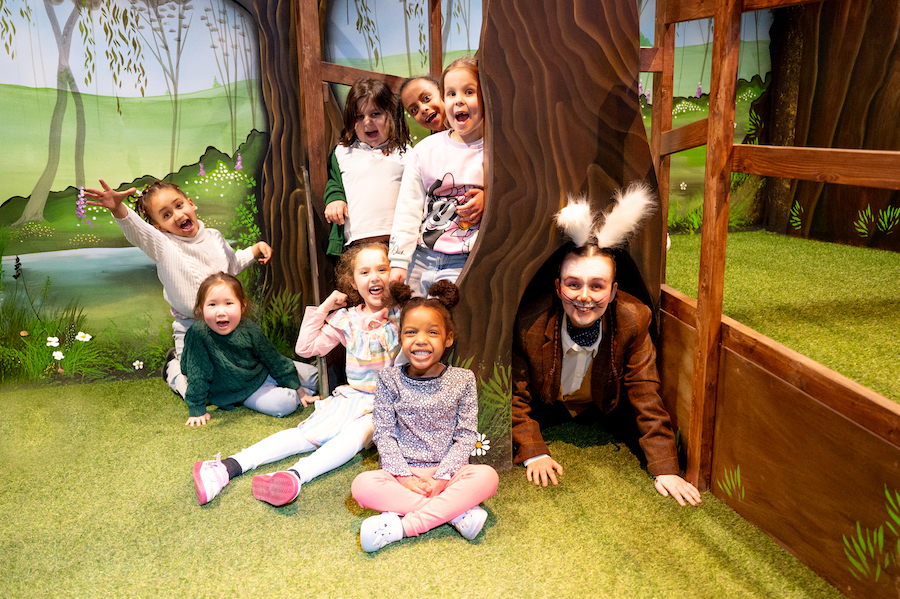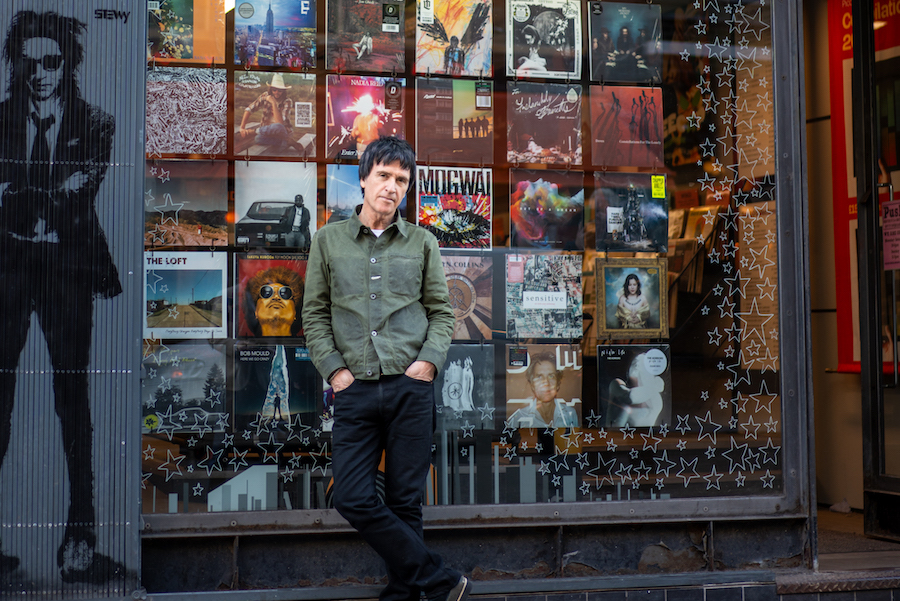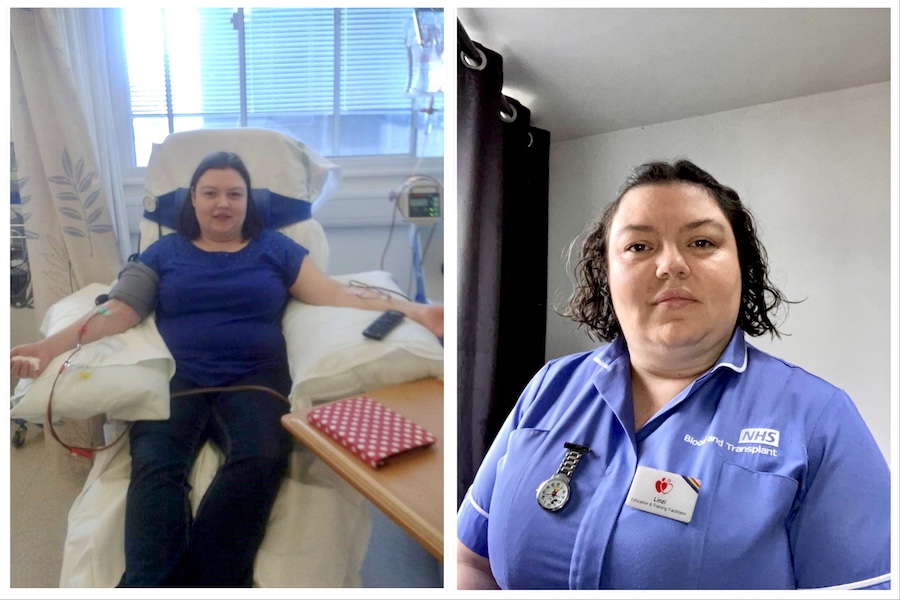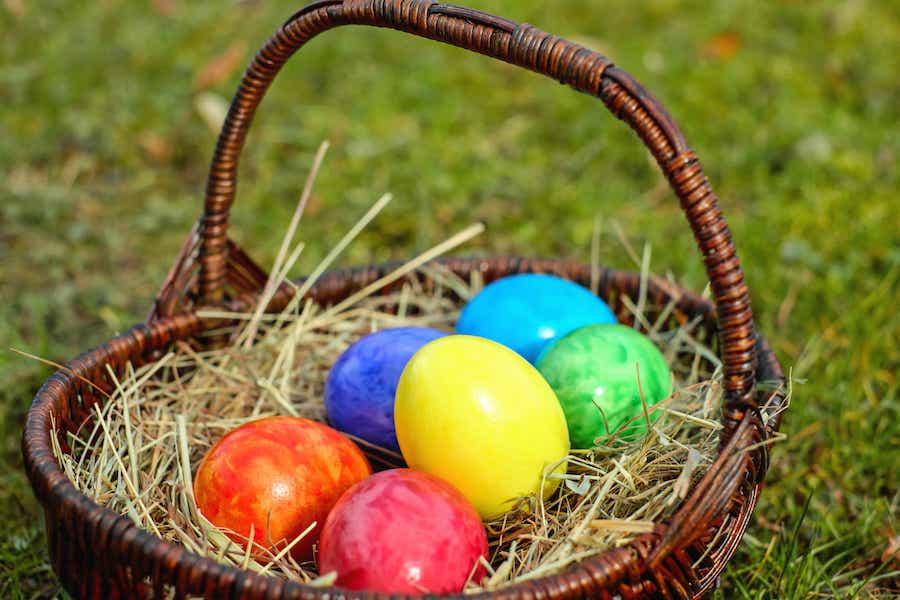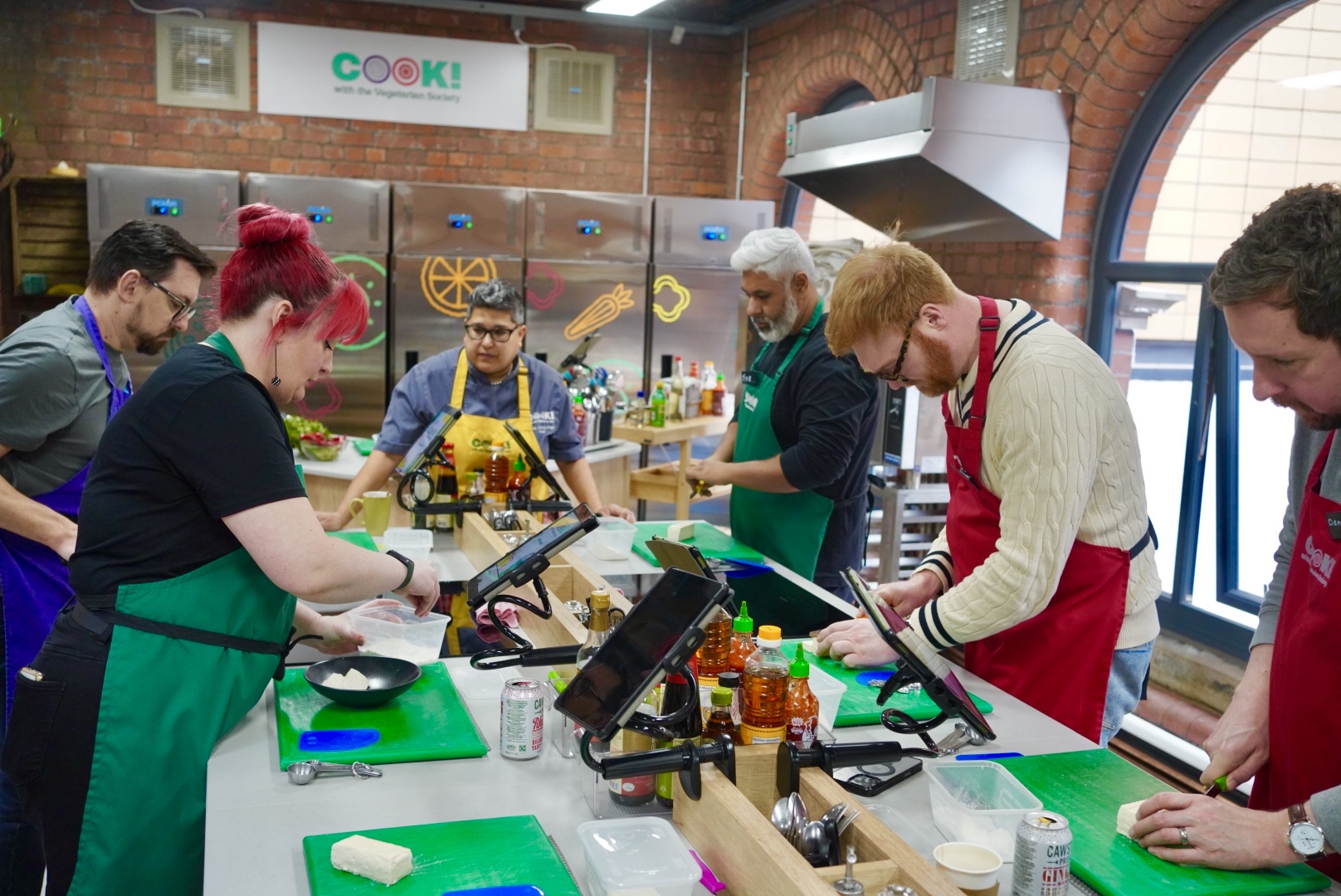Tchaikovsky’s letters, a flute made of bone and much more await at RNCM’s archive heritage open days
- Written by Thom Bamford
- Last updated 2 years ago
- City of Manchester, Exhibitions, History, Music

Known worldwide for its exceptional musical education and captivating performances, the RNCM’s rich collection of instruments, letters from renowned composers, historic photographs, and rare recordings is a treasure trove waiting to be unveiled.
And best of all, you can get involved during their Heritage Open Days which take place on September 16 and 17.
So don’t just take our word for it, go and see these treasures for yourself.
The RNCM’s collection includes pieces that tell the College’s own story and the early story of Manchester music, as an organisation that was formed in 1973 from a merger of the Royal Manchester College of Music (RMCM) which was founded by Sir Charles Hallé in 1893 and the Northern School of Music (NSM) which began its life in 1920.
It’s also an internationally significant collection, with pieces that are both extremely rare and extraordinary.
Not normally open to the public, during Heritage Open Days visitors are invited to enjoy behind-the-scenes tours of the College, take part in Family Friendly craft activities and relish the chance to explore the museum.
The weekend will also see the launch of a new Digital Heritage Booth, which will be permanently located at the College for people to drop in and listen to incredible symphonies and masterclasses that have taken place over many years.
All of the activities are free, too.
The Highlights of RNCM’s Collection
A lot of the instruments in the Collection of Historic Instruments (of which there are 375!) have to be seen to be believed.
Amongst the beautifully ornate marquetry, decoratively carved wood and delicately finished details are some real feasts for the imagination.
The Curious
One of the favourite objects of younger visitors is an instrument that looks like it belongs in a fairy tale with its fantastical serpent’s head.
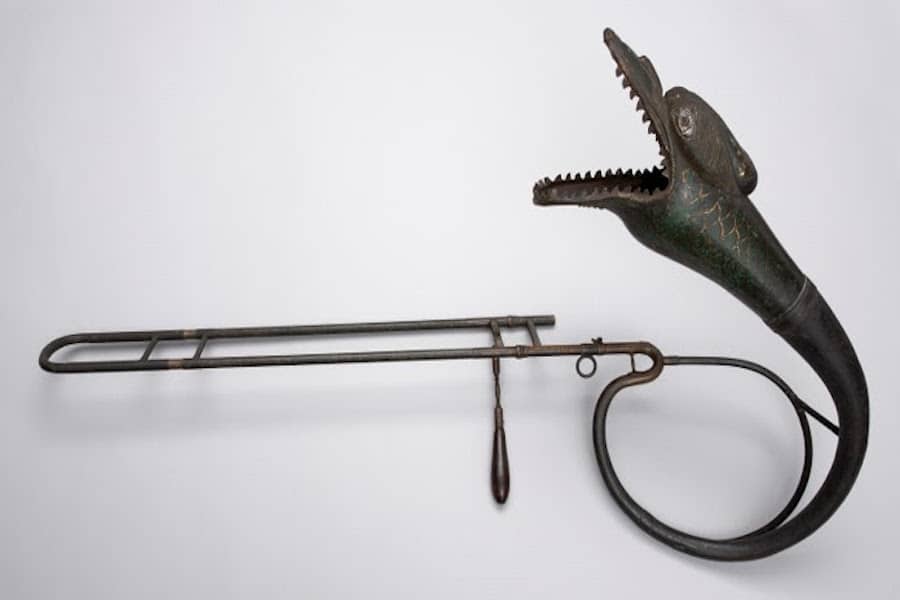
In fact it is a buccin brass trombone that would have originated in France around 1830 and was designed to be a celebratory instrument, with the head of the serpent appearing over the head of its player parading in carnivals and festivals.
Another curiosity dates back to the late 1800s and at some point made its way from Tibet to Manchester.
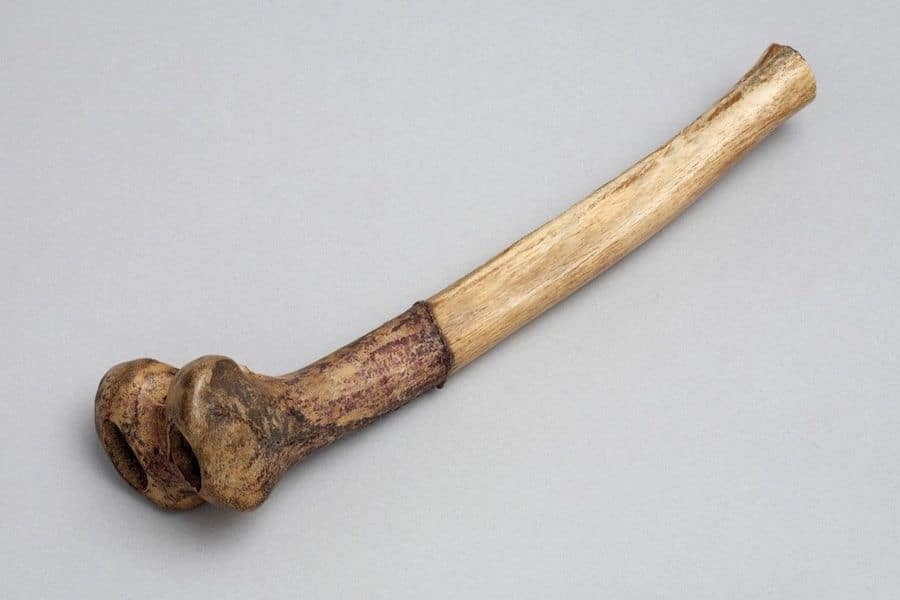
Known as a kangling, which literally translates as leg-flute, it is rather gruesomely made from a human thighbone and is a sacred instrument that would have been used in special spiritual rights.
The priceless
The shining jewel of the RNCM’s collection is a piccolo violin made by Antonio Stradivari himself in 1685 in his home town of Cremona, Italy.
It is in fabulous condition despite its age and even though it shows some signs of wear and damage it is still on occasion used in very special performances at the College.
A little more challenging to play, but possible in the right hands, is a 1901 violin made by John Shaw of Manchester, which measures just over 10cm long! It is believed to be the world’s smallest playable violin and is perfect in every detail.
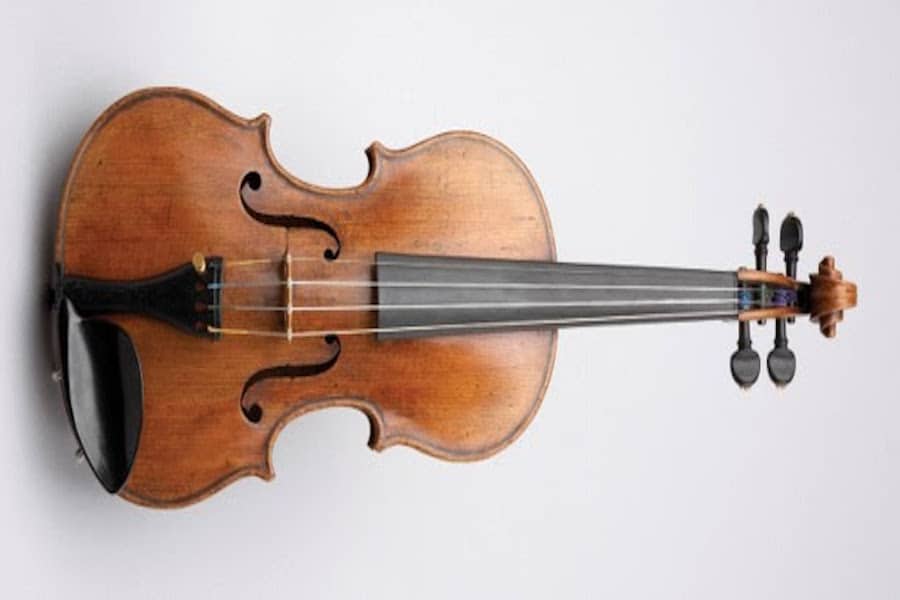
Perfectly composed
They are some of the finest composers the world has ever seen, but perhaps less well known is that Tchaikovsky, Elgar and Brahms were also friends who regularly corresponded with each other sending letters back and forth.
These fascinating letters now form part of the RNCM’s collection and place history within your grasp.
There many composers represented in the collection.
Some in rather unusual ways, and this includes a cast of Chopin’s left hand and a lock of Mendelssohn’s hair!

| Picture stories
The archives include thousands of photographs, with the earliest dating back to the 1880s, capturing performances, special appearances and historic moments. Amongst them is an image taken on 28 June 1973 of eight year old Jeremy Sassoon who was given the responsibility of presenting HRH the Duchess of Kent with flowers during the official opening of the RNCM and its Oxford Road building. He was selected for the honour because he was the youngest student studying at the Junior School at the time and is returning this year to join in the celebrations. Jeremy entered into a medical career at the age of 18, but has returned to music and now performs as a jazz singer and pianist. Recording history Recordings of large-scale concerts, master-classes and student recitals fill up vast shelves of the RNCM’s archive and exist in many different formats to reflect the technology used at different times, including magnetic reel to reel tapes, VHS, DAT tapes, mini disks and CDs. However, thanks to a project being funded by the National Lottery Heritage Fund these are being digitalised, which will not only ensure they are preserved, it will also make them more accessible. One of the most exciting ways that visitors to the will be able to experience them is via the new Digital Heritage Booth which will be launched during the Heritage Open Days weekend. The RNCM museum and archives are open to the public for Heritage Open Days on Saturday 16 and Sunday 17 September from 11am to 4pm. Entry is free and no pre-booking is required. For further information on the RNCM’s museum and archives visit their website by clicking here. |
- This article was last updated 2 years ago.
- It was first published on 4 August 2023 and is subject to be updated from time to time. Please refresh or return to see the latest version.
Did we miss something? Let us know: press@ilovemanchester.com
Want to be the first to receive all the latest news stories, what’s on and events from the heart of Manchester? Sign up here.
Manchester is a successful city, but many people suffer. I Love Manchester helps raise awareness and funds to help improve the lives and prospects of people across Greater Manchester – and we can’t do it without your help. So please support us with what you can so we can continue to spread the love. Thank you in advance!
An email you’ll love. Subscribe to our newsletter to get the latest news stories delivered direct to your inbox.
Got a story worth sharing?
What’s the story? We are all ears when it comes to positive news and inspiring stories. You can send story ideas to press@ilovemanchester.com
While we can’t guarantee to publish everything, we will always consider any enquiry or idea that promotes:
- Independent new openings
- Human interest
- Not-for-profit organisations
- Community Interest Companies (CiCs) and projects
- Charities and charitable initiatives
- Affordability and offers saving people over 20%
For anything else, don’t hesitate to get in touch with us about advertorials (from £350+VAT) and advertising opportunities: advertise@ilovemanchester.com
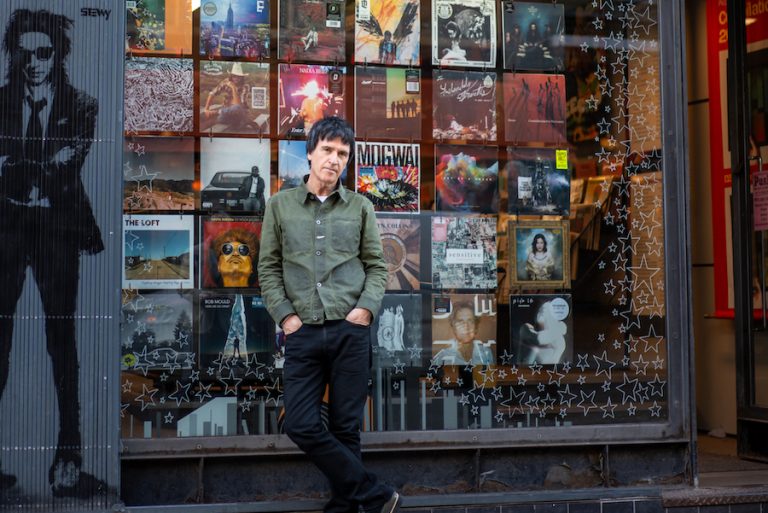

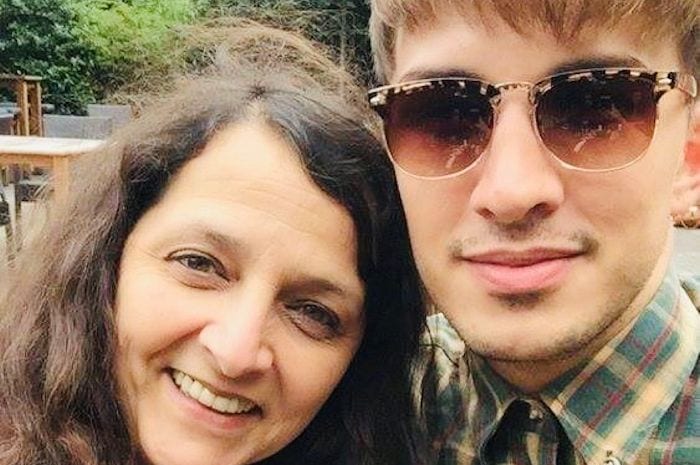
Martyn’s Law granted royal assent today to protect venues from terror attacks

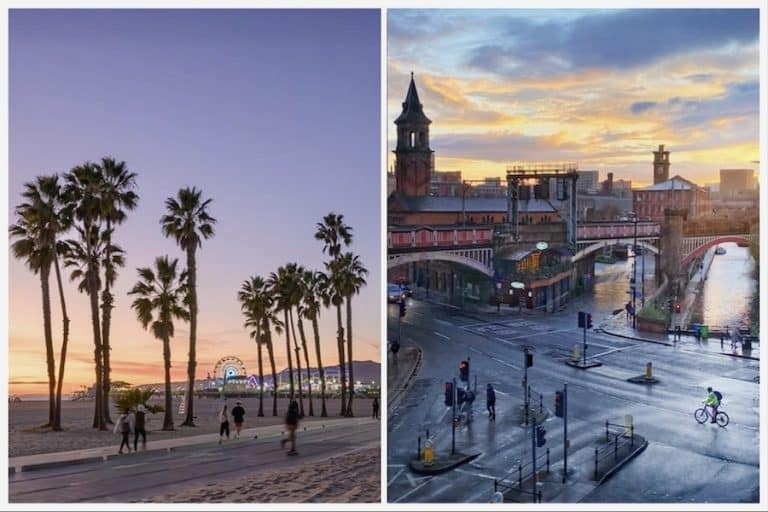
Manchester and Los Angeles prove that opposites really do attract







